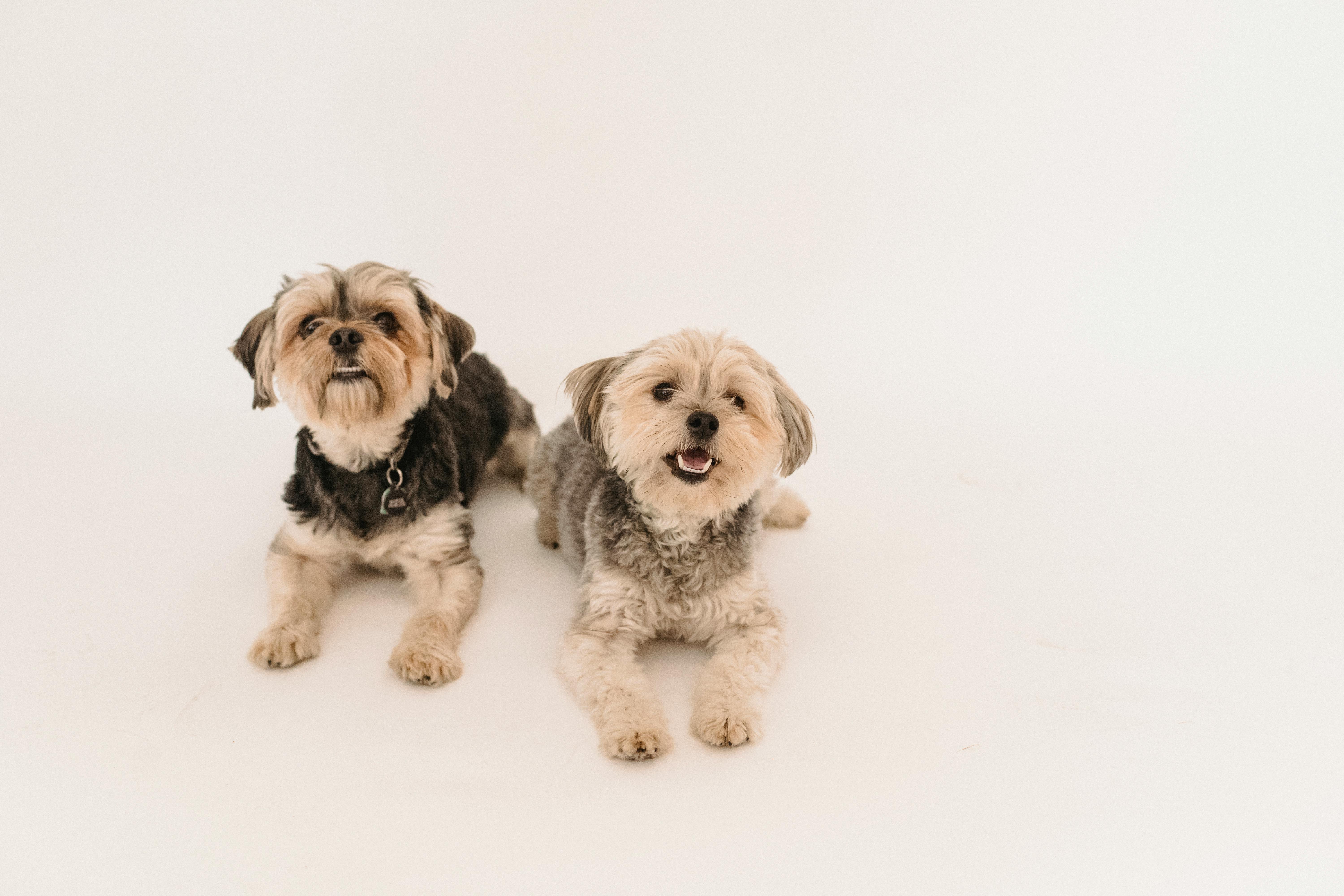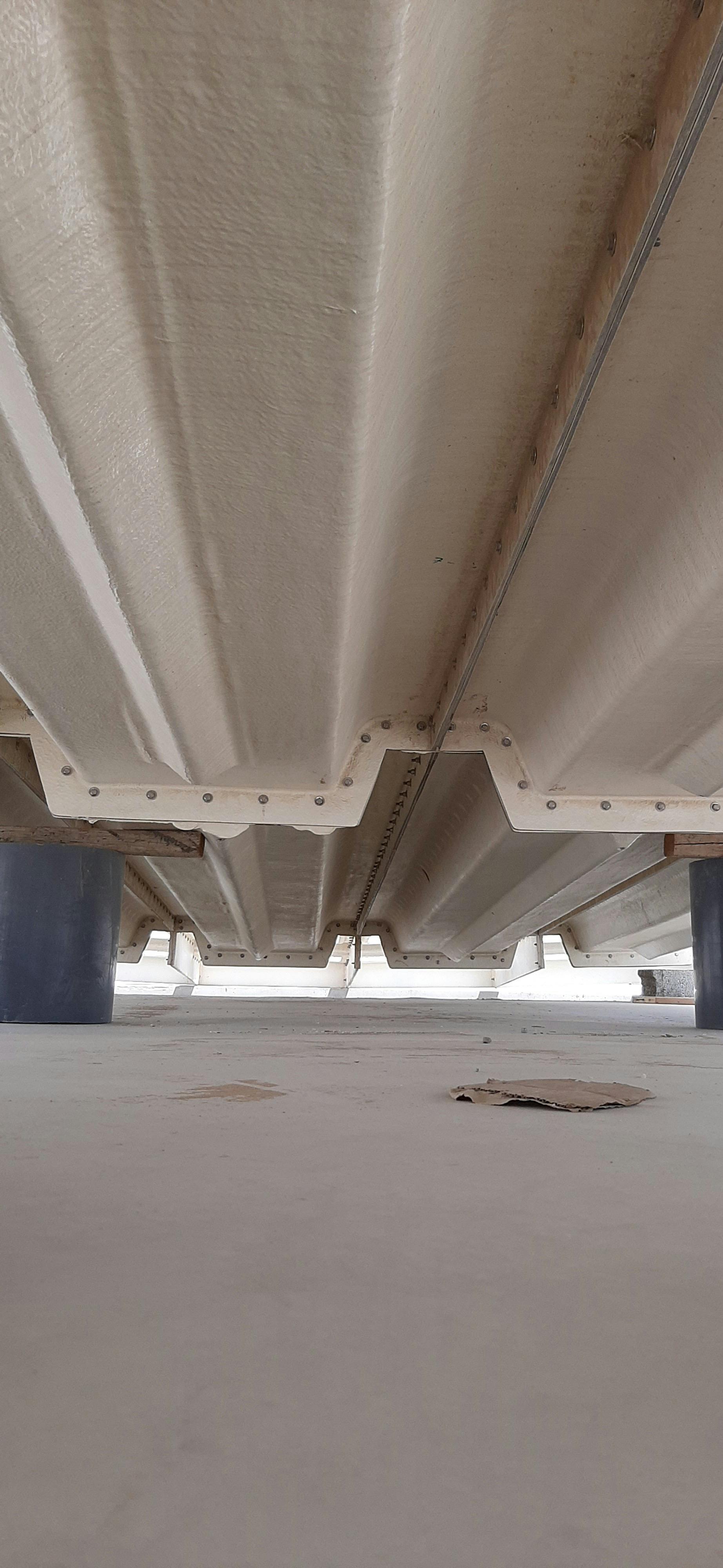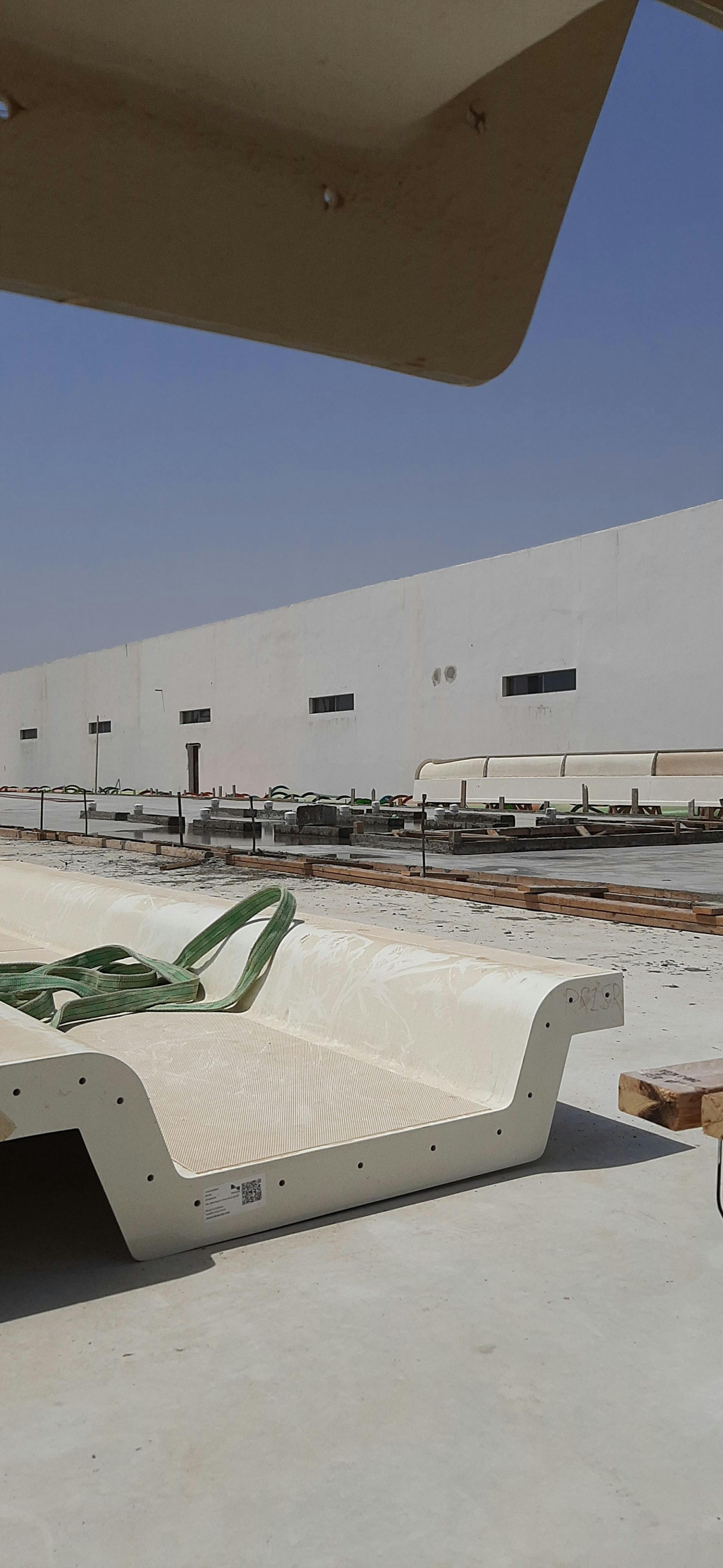Pet Liability & Legal Insurance – How Owners Protect Against Bite Claims, Injury Lawsuits, and Veterinary Compensation Disputes
Pet Liability & Legal Insurance – How Owners Protect Against Bite Claims, Injury Lawsuits, and Veterinary Compensation Disputes
It was a quiet afternoon in a suburban neighborhood. A delivery worker approached the front porch, scanned a package, and stepped forward. Within seconds, everything changed. A dog — calm just moments earlier — lunged forward and made contact. The bite wasn’t fatal. It wasn’t even severe. But the legal aftermath cost the pet owner $68,000 in settlement fees, attorney costs, and civil liability assessments.
This wasn’t a criminal case. It was a civil personal injury claim — treated the same way as slip-and-fall lawsuits, commercial injury disputes, and Personal Injury Compensation Lawsuits. What most pet owners don’t realize until it’s too late is that animals create legal liability exposure — not just veterinary responsibility.
“The most expensive part of a dog bite is not the medical bill — it’s the legal claim that follows.”

Standard pet insurance focuses on veterinary treatment, covering illness or accidental injury to the animal itself. But when a pet causes physical harm, property damage, or emotional distress, traditional pet insurance does nothing. That’s where Pet Liability & Legal Insurance comes into play — a specialized coverage type designed not for the pet, but for the legal protection of the owner.
PART 2 — The Rise of Pet Liability Lawsuits: When Pet Ownership Becomes a Legal Risk Category
Over the past decade, pet ownership law in the United States has evolved from animal welfare regulation into a civil liability sector. Attorneys specializing in personal injury have expanded into what is now known in legal advertising as: “Dog Bite Claim Attorney / Animal Injury Compensation Lawyer.”
According to the Insurance Information Institute (III), over 19,500 dog bite liability claims were filed in a recent year — with average settlement costs ranging from $48,000 to over $120,000 depending on state law and attorney involvement.
These lawsuits typically fall under the same legal classification as slip-and-fall store injury cases or commercial negligence claims. That means plaintiffs can:
- 📌 Demand compensation for medical treatment
- 📌 File for emotional trauma damages (recognized under “pain & suffering” legal doctrine)
- 📌 Include loss of income & legal recovery expenses if the victim claims work disruption
- 📌 Pursue punitive damages if the attorney proves the owner “knew or should have known” the animal posed a risk
This is why pet ownership is treated as a legal liability trigger in the same way as vehicle operation or property management — linking it directly to Home Insurance, Luxury Estate Policies, and even Personal Asset Protection Law.

In the next part, we will separate standard pet insurance from Pet Legal Liability Insurance — exposing why most pet owners are legally uninsured without realizing it.
PART 3 — Pet Insurance vs Pet Legal Liability Insurance: Two Completely Different Worlds
Most pet owners believe that having “pet insurance” means they are legally protected. In reality, traditional pet insurance only covers veterinary treatment for the animal itself. It does NOT protect the owner from lawsuits, legal compensation demands, or liability judgments.
🎭 The Misconception Most Pet Owners Fall Into
🐾 Pet Insurance (Standard) → Pays for your pet’s medical expenses if it gets sick or injured.
🛡️ Pet Legal Liability Insurance → Pays for lawsuits filed AGAINST YOU if your pet harms a person, damages property, or causes emotional distress.
⚠️ Legal Reality:
“If your dog bites someone, your pet insurance is useless. The victim’s attorney will come after you — not your pet.”
This legal approach mirrors the logic found in Homeowner Liability Claim Law and Personal Injury Settlement Strategy, where the focus is never on the incident itself — but on who can be held financially responsible.

PART 4 — How Attorneys Exploit Insurance Gaps to Maximize Lawsuit Payouts Against Pet Owners
Personal injury lawyers are trained to look for coverage gaps. If a pet owner lacks legal liability coverage, attorneys frame the case as a high-value negligence lawsuit — not just a pet-related accident.
🔍 Attorney Tactics Commonly Used in Pet Liability Lawsuits
- 📎 They avoid referencing “pet incident” and instead classify it as a “negligence-based personal injury case.”
- 📎 They highlight owner failure to restrain, warn, or anticipate harm — legally positioning it under “preventable hazard” law.
- 📎 They pursue compensation not just for medical treatment — but for pain & suffering, emotional trauma, and lifestyle disruption.
- 📎 If multiple people witnessed the event, they may attempt to escalate it to a group liability claim or community risk exposure filing, similar to Class Action Strategy.
This litigation method closely resembles wrongful injury cases used in Slip & Fall Commercial Injury Claims and Premises Liability Lawsuits, where attorneys aren't just asking for medical coverage — they're building a case for lifestyle damage compensation.

In the next section, we’ll show how Pet Liability Insurance is used as a legal shield by high-net-worth pet owners — not to cover the animal, but to block lawsuit escalation entirely.
PART 5 — How High-Net-Worth Pet Owners Use Liability Insurance as a Legal Defense Shield
Wealthy homeowners do not rely on standard pet policies. They structure Pet Liability Insurance under the same framework used in high-end Homeowners Insurance and Luxury Estate Legal Defense Plans. The goal isn’t to treat the animal — it’s to pre-block potential lawsuits by establishing an insurance-backed legal shield.
💼 Legal Positioning Strategy Used by Wealthy Pet Owners
- ✔ Step 1 – Register the pet under an insurance liability extension, not a medical policy.
- ✔ Step 2 – Extend homeowners or estate insurance to include “Guest Injury & Animal Interaction Clauses.”
- ✔ Step 3 – Establish a pre-approved legal representation clause so any claim triggers immediate attorney engagement from the insurer.
- ✔ Step 4 – Attach “Compensation Negotiation Arbitration Language” — same model used in Executive Arbitration Defense Contracts.
- ✔ Step 5 – Legally classify the animal interaction zone as part of a “managed liability estate”, reducing owner responsibility under property law logic.
This mirrors the same legal structuring seen in Luxury Estate Liability Insurance and Personal Asset Legal Shielding Strategies, where the true purpose of insurance is to reduce exposure — not to reimburse damage.

PART 6 — Linking Pet Liability Insurance with Homeowners Coverage and Class Action Defense
Pet liability exposure doesn’t exist in isolation — it connects directly to the legal home liability sector. When a bite incident happens on private property, attorneys frame it as a premises liability case — the same category used in slip-and-fall lawsuits inside commercial stores.
🏠 How Pet Incidents Become Home Liability Lawsuits
- 🏷️ The pet is classified legally as a “property element under homeowners liability statute.”
- ⚠️ Attorneys argue that the owner failed to maintain a “safe property environment” — triggering Premises Liability Legal Doctrine.
- 📂 The case is escalated under homeowner negligence law, enabling higher payout ceilings than simple pet-related claims.
- ⚖️ If multiple victims or repeated complaints exist, lawyers may push for “neighborhood safety class action” to expand compensation scope.
This is why sophisticated legal insurance brokers advise linking:
Pet Liability Insurance → Homeowners Legal Shield → Class Action Defense Clause.
By doing so, claims are redirected into insurance arbitration instead of public civil court — neutralizing potential high-value judgments.

In the final part, we will compile official legal insurance sources, NAIC liability standards, and connect Pet Liability Insurance to our broader Insurance & Law authority network.
